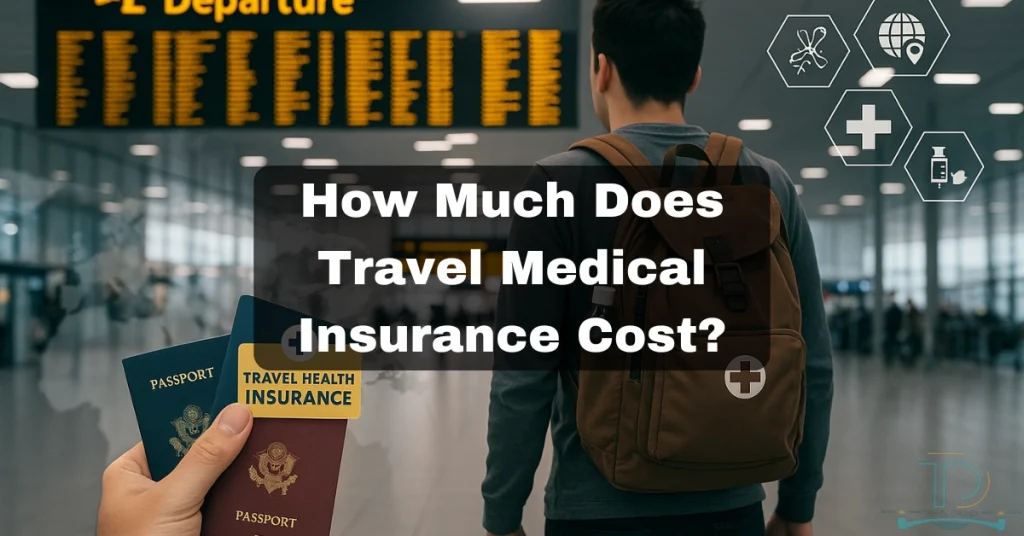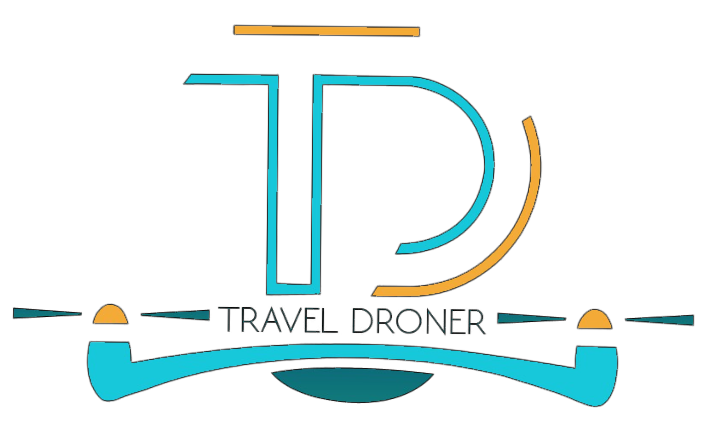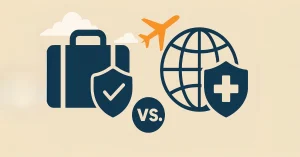Travel medical insurance costs between $2 and $10 per day for most travelers. The exact price depends on your age, destination, trip length, and coverage amount.
For a one-week trip, you can expect to pay between $15 and $70 for basic coverage. If you’re older or require additional protection, you may need to pay a higher premium.

Travel medical insurance is a safety net. For just a few dollars a day, you get help paying for medical care when you’re far from home.
This small cost gives you peace of mind, allowing you to enjoy your trip without worrying about what might happen.
Average Cost of Travel Medical Insurance
Insurance providers offer several tiers of protection.
Entry-level plans cost around $2-$4 daily and typically cover emergency care up to $50,000-$100,000.
Step up to mid-tier coverage at $5-7 per day, and you’ll get boosted medical limits between $250,000-$500,000, plus some added benefits like help if you need to cancel your trip or medical transport back home.
Top-shelf plans cost $ 8-$10+ daily but offer serious protection with up to $1 million in medical benefits.
These premium options typically include coverage for stolen bags, flight delays, and round-the-clock assistance services.
Traveling with kids? Consider family packages; many companies allow children to be included on their parents’ policies at no additional cost, which can save you money compared to individual plans for each person.
Key Factors Influencing Cost
Let’s examine the key factors that influence your travel insurance price.
Age of the Traveler
Your age plays a big role in insurance costs. Younger travelers typically pay less because they’re less likely to need medical care. For example, a 25-year-old might pay half as much as a 65-year-old for the same coverage.
After the age of 50, prices often increase with each subsequent decade. Seniors over 70 may face the highest rates, but may also need coverage the most.
Destination
Where you’re significantly headed affects insurance prices. Trips to countries with expensive healthcare, such as the US, Japan, or Switzerland, are more costly to insure.
Traveling to developing nations with limited medical facilities may be more cost-effective, but it may also require evacuation insurance. Some high-risk areas, such as those with political unrest or remote locations, may increase rates or require specialized coverage.
Trip Length
The longer your trip, the higher the insurance cost will be. This makes sense – more days mean more opportunities for something to happen. Most companies offer daily rates that decrease in price for longer trips.
A three-month journey won’t cost three times as much as a one-month trip. Many insurers offer special rates for extended stays, making long-term coverage more affordable and accessible.
Coverage Limits and Deductibles
Your policy’s maximum payout amount directly affects the cost. A plan covering up to $50,000 in medical expenses costs much less than one offering $1 million in coverage.
Similarly, choosing a higher deductible—the amount you pay before insurance kicks in—lowers your premium. Picking a $500 deductible instead of $0 could cut your cost by 10-20%.
Pre-existing Medical Conditions
Existing health issues can significantly impact insurance costs. Many basic plans exclude pre-existing conditions entirely.
If you require coverage for ongoing health concerns, you may need to pay an additional premium or consider specialized plans. Some companies offer waivers for stable pre-existing conditions, but these add to your total cost.

Types of Travel Medical Insurance Plans
When purchasing travel medical insurance, you’ll have the option to choose between two main types of plans:
Comprehensive Coverage Plans
Comprehensive plans work similarly to the health insurance you may have at home. They pay a percentage of your medical bills—usually 75% to 100%—after you meet your deductible.
These plans pack in more benefits than basic options. Besides covering doctor and hospital visits, they typically include:
- Emergency medical evacuation (getting you to a better hospital or back home)
- Urgent care visits
- Emergency dental work
- Prescription medications
- Sometimes, trip cancellation or interruption protection
A key advantage of comprehensive plans is their use of PPO networks. This means you can visit many doctors and hospitals that accept your insurance without having to pay the full price upfront. The insurance company has already worked out lower rates with these providers.
Comprehensive plans make sense if you’re traveling to countries with high medical costs, such as the United States, Japan, or Switzerland. They also work well for older travelers or people with health concerns who want peace of mind.
Does Trip Insurance Really Cover Hurricanes—Or Are You on Your Own? Find out here!
Limited (or Scheduled Benefits) Coverage Plans
Limited plans take a different approach. Instead of paying a percentage of your bills, they offer fixed payments for specific services.
For example, they might pay exactly $100 for a doctor visit or $1,000 per day for a hospital stay—no matter what the actual charge is.
These plans generally cost less upfront but leave you responsible for any costs above their set payments. If your hospital room costs $2,000 per day but your plan only covers $1,000, you’ll need to cover the remaining $1,000.
Limited plans typically don’t use PPO networks, which means you might need to pay your full medical bills upfront and file for reimbursement later.
These basic plans work best for:
- Younger travelers in good health
- People visiting countries with lower healthcare costs
- Budget-conscious travelers who mainly want protection against major emergencies
- Short trips where the chance of needing extensive medical care is small
How to Choose the Right Plan
Here’s how to pick coverage that works for you:
Assess Your Health Risks
Consider your health honestly. Need stronger coverage if you:
- Take daily medications
- Have ongoing health problems
- Are over 60
- Plan adventure activities like skiing or scuba diving
Younger, healthier travelers can often use basic plans, but remember that accidents can happen to anyone.
Match Coverage to Your Destination
Know the healthcare costs where you’re going:
- Expensive countries (US, Japan, Europe): Get at least $100,000 coverage
- Countries with cheaper care: $50,000 might be enough
- Remote areas: Make sure you have medical evacuation included
Calculate Your Trip Budget
Set aside 4-8% of your total trip cost for insurance. For a $3,000 trip, budget approximately $120 to $240.
Don’t go too cheap! Saving $50 on insurance isn’t worth risking a $10,000 medical bill abroad.
Compare Multiple Quotes
Get at least three quotes and look at:
- Coverage limits
- Deductibles
- What’s included (dental? prescriptions?)
- Evacuation services
- Claims process
- Company reputation
Use comparison websites to see options side by side.
Read the Fine Print
Check what’s not covered, like:
- Pre-existing conditions
- Adventure sports
- Alcohol-related incidents
- Travel to warning-listed countries
The best plan covers what you need for your specific trip, not just the cheapest or most expensive option.
Conclusion: Is Travel Medical Insurance Worth the Cost?
Travel medical insurance is worth the cost for most international trips.
For just $2-10 per day, about the price of a coffee, you protect yourself from potential medical bills that could reach tens of thousands of dollars.
Even a simple broken arm or case of food poisoning abroad could cost more than your entire vacation without proper coverage.
The true value goes beyond just money. Good travel insurance gives you access to help when you need it most.
You’re not just buying insurance, but freedom from worry and a safety net that accompanies you.
For the relatively small cost compared to your total trip expenses, travel medical insurance is a worthwhile consideration for every traveler.
The question isn’t whether you can afford travel insurance, it’s whether you can afford to travel without it.



